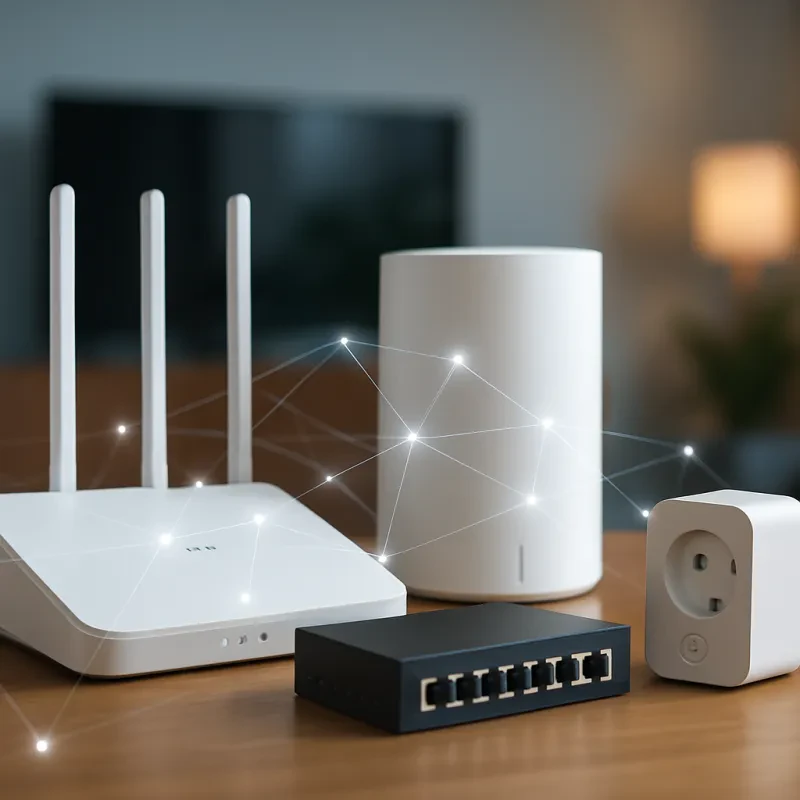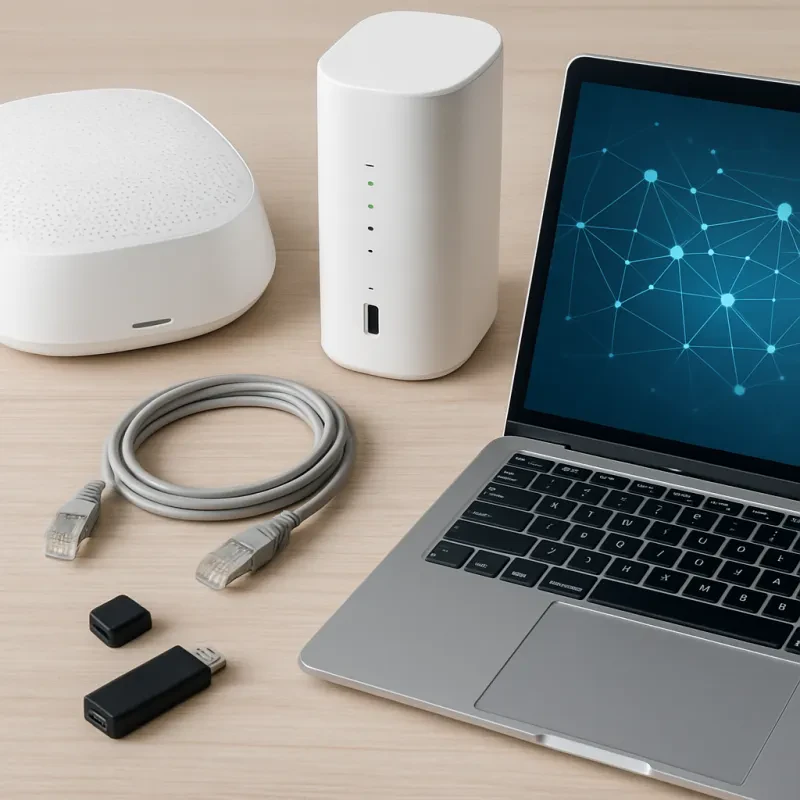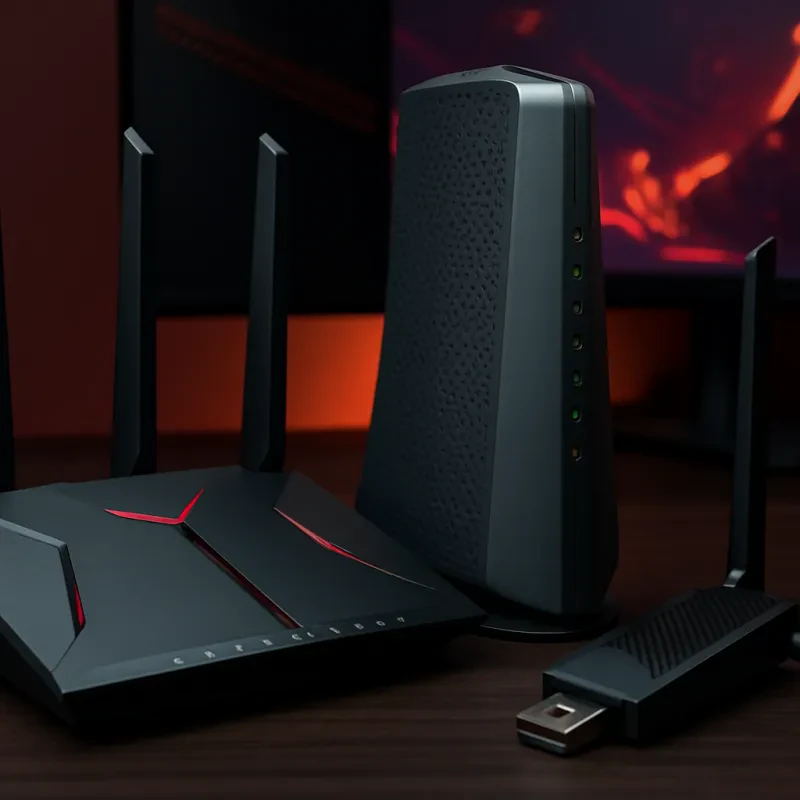Network security measures are essential in today's digital age, where cyber threats and attacks are becoming increasingly sophisticated. It is crucial to protect networks from unauthorized access and malicious activities to ensure the safety and integrity of sensitive data. Two commonly used tools in the realm of network security are firewalls and endpoint protection solutions.
Firewalls act as a barrier between a trusted internal network and untrusted external networks, such as the internet. They monitor and control incoming and outgoing network traffic based on predetermined security rules. Firewalls can be either hardware-based or software-based, and they are designed to prevent unauthorized access while allowing legitimate traffic to pass through.
Endpoint protection solutions, on the other hand, focus on securing individual devices, such as computers, laptops, and mobile devices, that connect to a network. These solutions include antivirus software, anti-malware programs, and encryption tools to protect endpoints from cyber threats. Endpoint protection is crucial in today's mobile workforce, where employees use multiple devices to access company data remotely.
By combining both firewalls and endpoint protection solutions, organizations can create a robust defense system to safeguard their networks from a wide range of cyber threats. With cyber attacks on the rise, implementing these security measures is vital to ensure the confidentiality, integrity, and availability of sensitive information. It is essential for businesses to stay proactive and vigilant in their approach to network security to mitigate the risks associated with potential breaches.
Understanding Firewalls for Network Protection
Firewalls play a crucial role in protecting networks from cyber threats by acting as a barrier between your internal network and the outside world. Essentially, a firewall is a security system that monitors and controls incoming and outgoing network traffic based on predetermined security rules. By filtering out potentially harmful data packets, firewalls help prevent unauthorized access to your network and keep your sensitive information safe from hackers and malware.
There are two main types of firewalls: hardware-based firewalls and software-based firewalls. Hardware firewalls are physical devices that are installed between your internal network and the internet, while software firewalls are programs that run on individual computers or servers. Both types of firewalls serve the same purpose, which is to analyze network traffic and block any suspicious activity that may pose a threat to your network security.
In addition to firewalls, endpoint protection solutions are also essential for safeguarding your network. Endpoint protection refers to the security measures that are implemented on individual devices, such as laptops, smartphones, and tablets, to protect them from cyber threats. These solutions include antivirus software, encryption tools, and intrusion detection systems that work in conjunction with firewalls to provide comprehensive network protection. By combining firewalls with endpoint protection solutions, organizations can create multiple layers of defense that make it more difficult for cybercriminals to breach their network security.
Endpoint Protection: Essential Security for Devices
Endpoint protection is a vital component of any network security strategy. It serves as the first line of defense against cyber threats for devices connected to a network. With the increasing number of devices being used in the workplace, from laptops and smartphones to IoT devices, ensuring their security is more important than ever.
Endpoint protection works by monitoring and controlling incoming and outgoing network traffic from devices, as well as detecting and blocking malicious activities. This can include everything from malware and ransomware to phishing attacks and unauthorized access attempts. By having endpoint protection in place, organizations can significantly reduce the risk of a security breach.
In addition to blocking malicious activities, endpoint protection solutions also provide features such as data encryption, device control, and application control. This helps organizations maintain compliance with regulations and protect sensitive data. With the rise of remote work and the use of personal devices for work purposes, having strong endpoint protection is essential to safeguarding both company and customer data.
Tips for Implementing Effective Network Security Solutions
Network security is a critical component of any modern business's infrastructure, and implementing effective solutions is essential for safeguarding valuable data and keeping cyber threats at bay. Here are some tips for ensuring your network security measures are up to par.
First and foremost, it's crucial to invest in a reliable firewall solution to protect your network from unauthorized access and malicious attacks. Firewalls act as a barrier between your internal network and external threats, monitoring incoming and outgoing network traffic to block potential threats. Make sure to configure your firewall settings properly to ensure maximum protection.
In addition to firewalls, endpoint protection solutions are also essential for securing your network. Endpoint protection software is designed to safeguard individual devices on your network, such as computers, laptops, and mobile devices, from cyber threats like malware, ransomware, and phishing attacks. Ensure that all devices connected to your network have up-to-date endpoint protection installed and regularly update the software to defend against the latest threats.
Regularly monitoring and analyzing your network traffic and security logs is key to identifying and addressing potential security vulnerabilities before they can be exploited by cybercriminals. Consider implementing intrusion detection systems and security information and event management (SIEM) solutions to help detect and respond to security incidents in real-time. Additionally, conduct regular security assessments and penetration testing to proactively identify weaknesses in your network security posture and address them promptly.


